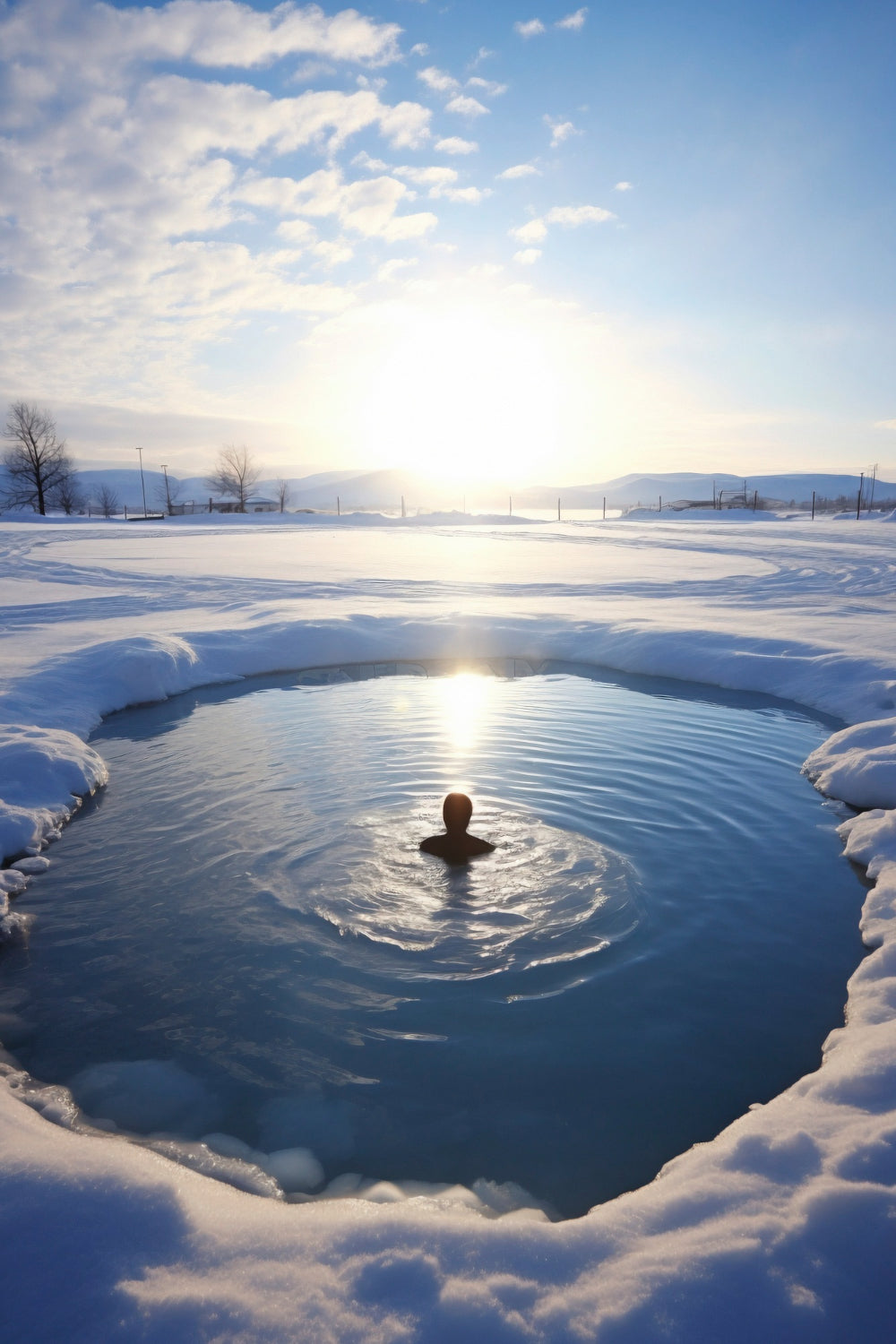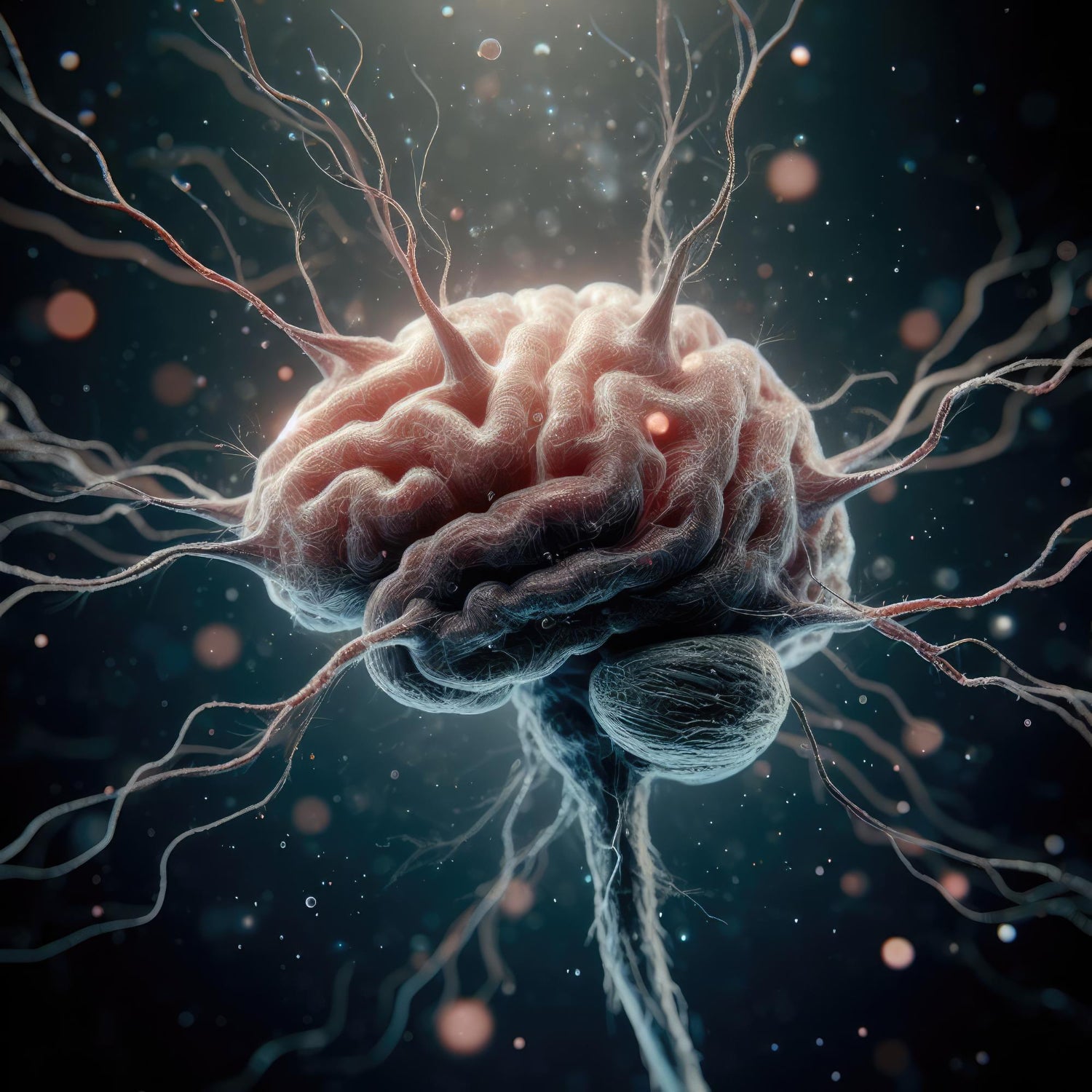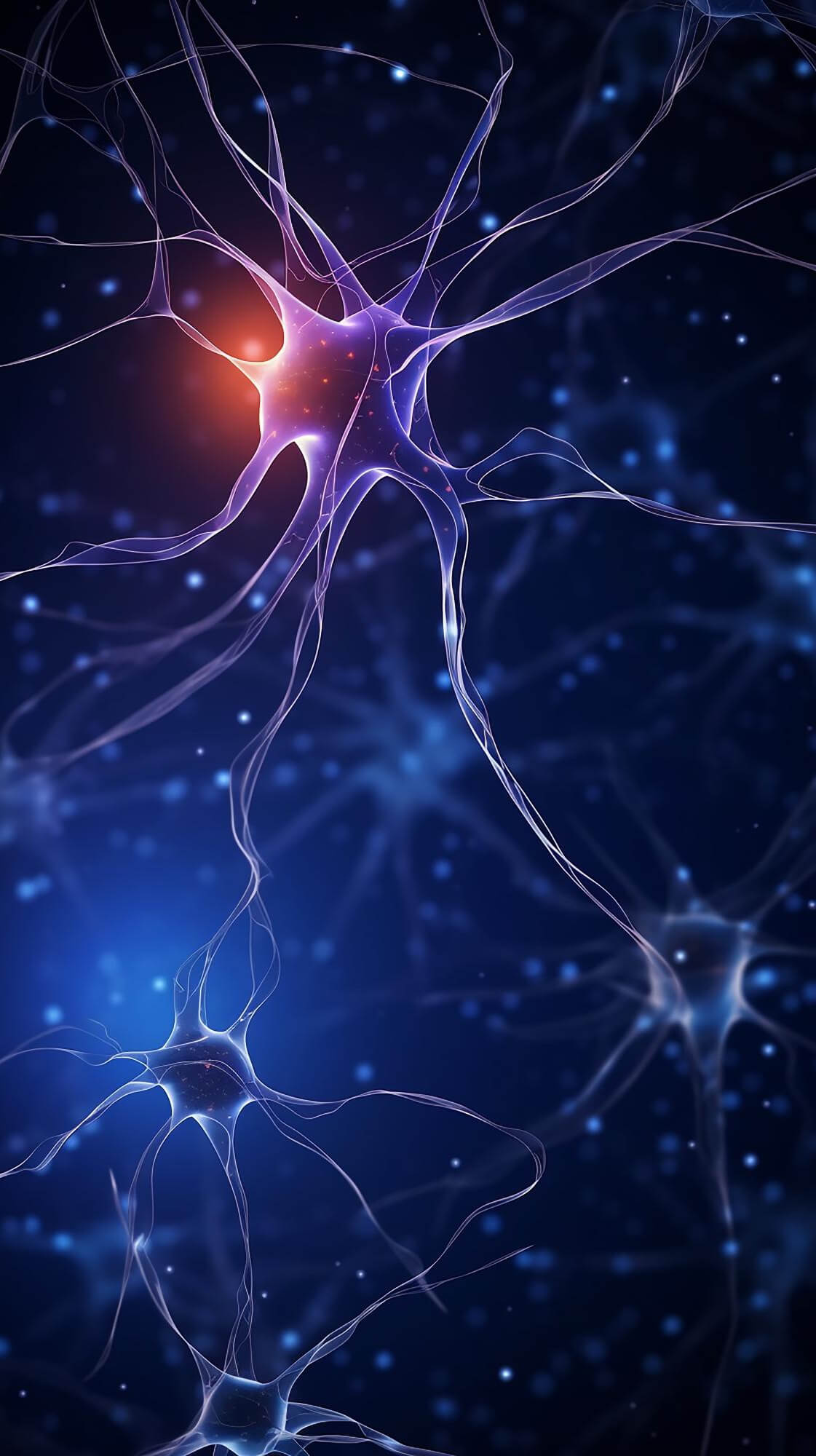Science Behind GelidPools
What is Cold Therapy ?
Cold therapy, also called cryotherapy, uses exposure to cold temperatures to cool the body’s tissues for therapeutic reasons. There are several ways to apply cold therapy, including:
- Cold showers, which involve lowering the water temperature below 60 degrees for two to three minutes at a time
- Cold spray, used to numb a small area
- Cold water immersion or ice baths, or submerging everything but your head and neck in cold water
- Localized ice application to treat injuries or specific muscle groups
- Whole-body cryotherapy, which exposes the body to very cold vapors

History of the ice bath
In recent times, ice bathing has surged in popularity, captivating athletes and non-athletes alike, driving a surge in research to uncover its benefits. While modern studies hold promise, exploring historical practices provides valuable insights.
The concept of ice bathing spans centuries and cultures, from ancient rituals to modern sports medicine. This article delves into historical applications and their influence on contemporary cold water therapy.
Medical Disclaimer: Information provided serves informational purposes and does not substitute professional medical advice. Always consult a healthcare provider regarding medical conditions.
Early Concepts: Ice bathing's origins are speculated across various historical periods, rooted in early understandings of cold's therapeutic benefits.
Egyptian Cold Therapy: Ancient documents like the Edwin Smith Papyrus outlined cold therapy for skin conditions, recognizing cold's healing potential.
Greek Contributions: Hippocrates introduced cold water as a crucial treatment for fevers and wound care, sparking further exploration into cold therapy's properties.
Advancements in Personal Care: The 16th and 17th centuries saw the rise of water baths for personal hygiene, establishing spa towns renowned for their healing waters.
The Emergence of Cold Therapy: In the 18th and 19th centuries, cold water immersion gained medical traction, advocated by William Cullen for various ailments.
The Rise of Ice Baths: By the 19th century, ice baths gained acclaim for hygiene and fever treatment, evolving into a cornerstone of modern sports medicine.

How does ice bath affect the vagun Nerve ?
The Vagus Nerve, a vital component in mental health and stress management, facilitates communication between the brain and our organs. It plays a pivotal role in dampening the "fight-or-flight" response, alleviating feelings of anxiety induced by our environment.
Cold water exposure, even in the form of splashing our face, triggers the Vagus Nerve, prompting a slowdown in breathing and heart rate. This action transitions us into a state known as the parasympathetic mode, commonly dubbed "rest-and-digest." This holds significance for mental well-being, as studies indicate that chronic stress leads to neurological changes associated with anxiety and depression. Consequently, cold water immersion offers relief from anxiety symptoms and aids in managing stress-induced conditions.

Neurogenesis, the process of generating neurons from neural stem cells, was once thought to be absent in the adult central nervous system. However, discoveries in the 1990s revealed stem cells in the adult brain, affirming that neurogenesis is a natural process in a healthy brain.
Exposure to cold prompts the release of cold shock proteins, notably RNA binding motif 3 (RBM3), which are instrumental in synapse regeneration in the human brain. Synapses, the junctions between neurons facilitating communication, are crucial for brain function and memory formation. Cold water therapy thus holds potential in mitigating neuronal degeneration and preventing neurodegenerative diseases by fostering nervous tissue growth and neurogenesis.
RBM3, found in the brain, heart, liver, and skeletal muscle, interacts with neurons to enhance synapse productivity and neuronal regeneration. This protein not only repairs and recreates synapses but also safeguards against cognitive decline.
Studies on mice by the Cambridge dementia team unveiled the role of RBM3 in synaptic connection formation. Cooling mice with Alzheimer's and prion diseases resulted in impaired synaptic regeneration, contrasting with control mice whose synapses regenerated. RBM3 levels surged in control mice, indicating its pivotal role in synaptic connectivity.
Moreover, RBM3 mediates structural plasticity and protects against neuron loss, suggesting cold exposure as a potential therapeutic approach. This is underscored by findings in hibernating mammals, where cooling induces synaptic loss followed by regeneration upon rewarming. RBM3 activation during hypothermia protects neurons from cell death, as demonstrated in Alzheimer's mouse models.
Human studies further corroborate the neuroprotective effects of RBM3 induced by cold exposure, especially evident in cognitive functions. The mounting research underscores the significance of RBM3 in preventing neurodegeneration and highlights the role of cold exposure in its enhancement.
Whole body cryotherapy (WBC) use after training resulted in significantly reduced movement during sleep and improved subjective sleep quality.
Douzi, W., Dupuy, O., Tanneau, M., Boucard, G., Bouzigon, R., & Dugué, B. (2019). "3-min whole body cryotherapy/cryostimulation after training in the evening improves sleep quality in physically active men." European Journal of Sport Science, 19(6), 860-867.
WBC led to increased high-frequency heart rate variability (HF) and decreased low-frequency (LF) and LF/HF ratio during slow-wave sleep, indicating enhanced parasympathetic nervous activity.
Partridge, E.M., Cooke, J., McKune, A.J., & Pyne, D.B. (2021). "Pre-Exercise Whole- or Partial-Body Cryotherapy Exposure to Improve Physical Performance: A Systematic Review." Sports, 9(10), 135.
Cold therapy effectively reduces pain and inflammation in acute musculoskeletal injuries, though evidence supporting its efficacy is limited. Ongoing research is crucial to better understand its physiological effects and optimize recovery from injury and muscle soreness.
Malanga, G. A., Yan, N., & Stark, J. (2014). Mechanisms and efficacy of heat and cold therapies for musculoskeletal injury. PMID: 25526231.
Results showed that the change in the R-R interval (heart rate variability) and the natural logarithm of high-frequency power were significantly greater during cold-water FI compared to control procedures, indicating a strong influence of cardiac vagal activity on bradycardia induction.
Kinoshita, T., Nagata, S., Baba, R., Kohmoto, T., & Iwagaki, S. (2006). Cold-Water Face Immersion Per Se Elicits Cardiac Parasympathetic Activity. Clinical Investigation, 70(6), 773-776.
Results showed that face immersion significantly increased heart rate variability parameters, including standard deviations and coefficient of variance of the R-R interval.
Hayashi, N., Ishihara, M., Tanaka, A., Osumi, T., & Yoshida, T. (1997). Face immersion increases vagal activity as assessed by heart rate variability. European Journal of Applied Physiology and Occupational Physiology, 76(4), 394–399.
These findings support the viability of using cold stimulation, specifically in the neck region, as a potential method for stress reduction.
Jungmann, M., Vencatachellum, S., Van Ryckeghem, D., & Vögele, C. (2018). Effects of Cold Stimulation on Cardiac-Vagal Activation in Healthy Participants: Randomized Controlled Trial. JMIR Formative Research, 2(2), e10257.
OPG levels were increased significantly, supporting the view that WBC induces an osteogenic effect.
Galliera, E., Dogliotti, G., Melegati, G., Corsi Romanelli, M. M., Cabitza, P., & Banfi, G. (2013). Bone remodelling biomarkers after whole body cryotherapy (WBC) in elite rugby players. Injury, 44(8), 1117-1121.
Whole body cryotherapy (WBC) did not induce any damage to the heart or tissues, indicating its safety.
Banfi, G., Lombardi, G., Colombini, A., & Melegati, G. (2010). Whole-Body Cryotherapy in Athletes. Sports Medicine, 40(5), 509–517.
Whole-body cryotherapy (WBC) has shown promising results in improving mood disorders such as depression, as demonstrated in a randomized controlled trial by the study conducted by Jungmann et al. in 2019.
Rymaszewska, J., Lion, K. M., Pawlik-Sobecka, L., Pawłowski, T., Szcześniak, D., Trypka, E., Rymaszewska, J. E., Zabłocka, A., & Stanczykiewicz, B. (2020). Efficacy of the Whole-Body Cryotherapy as Add-on Therapy to Pharmacological Treatment of Depression—A Randomized Controlled Trial. Frontiers in Psychiatry, 11, 522.
Autoimmune disorders such as rheumatoid arthritis and fibromyalgia are inflammatory responses. Cold therapy has been proven to provide non-pharmaceutical relief to symptoms. Whole-body cold therapy provides short-term pain relief allowing for chronic pain management and treatment.
from Metzger et al., 2000

